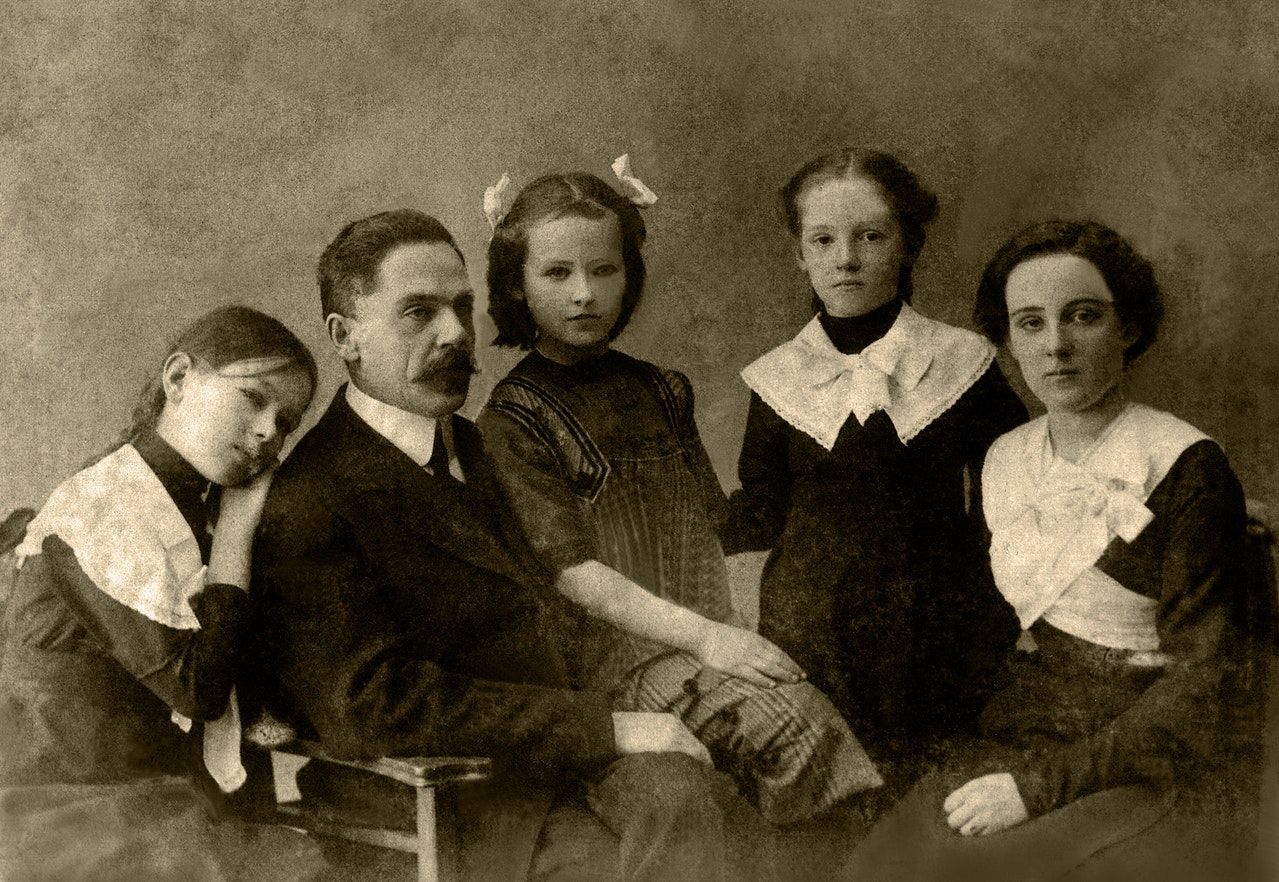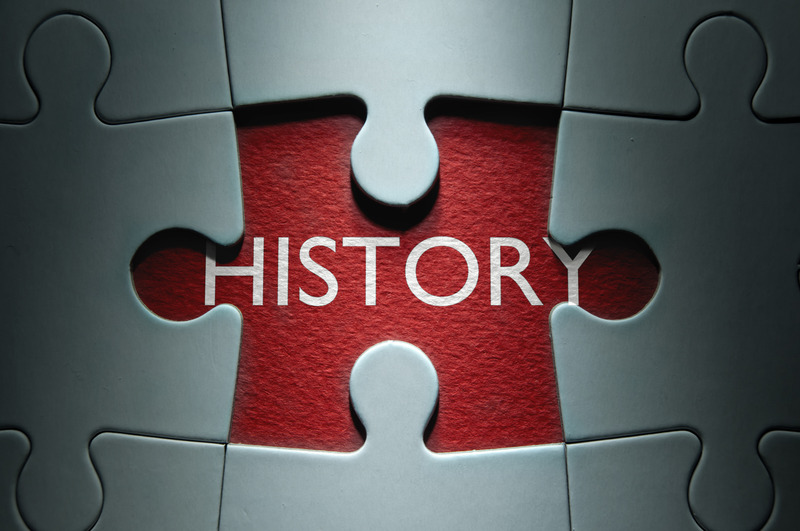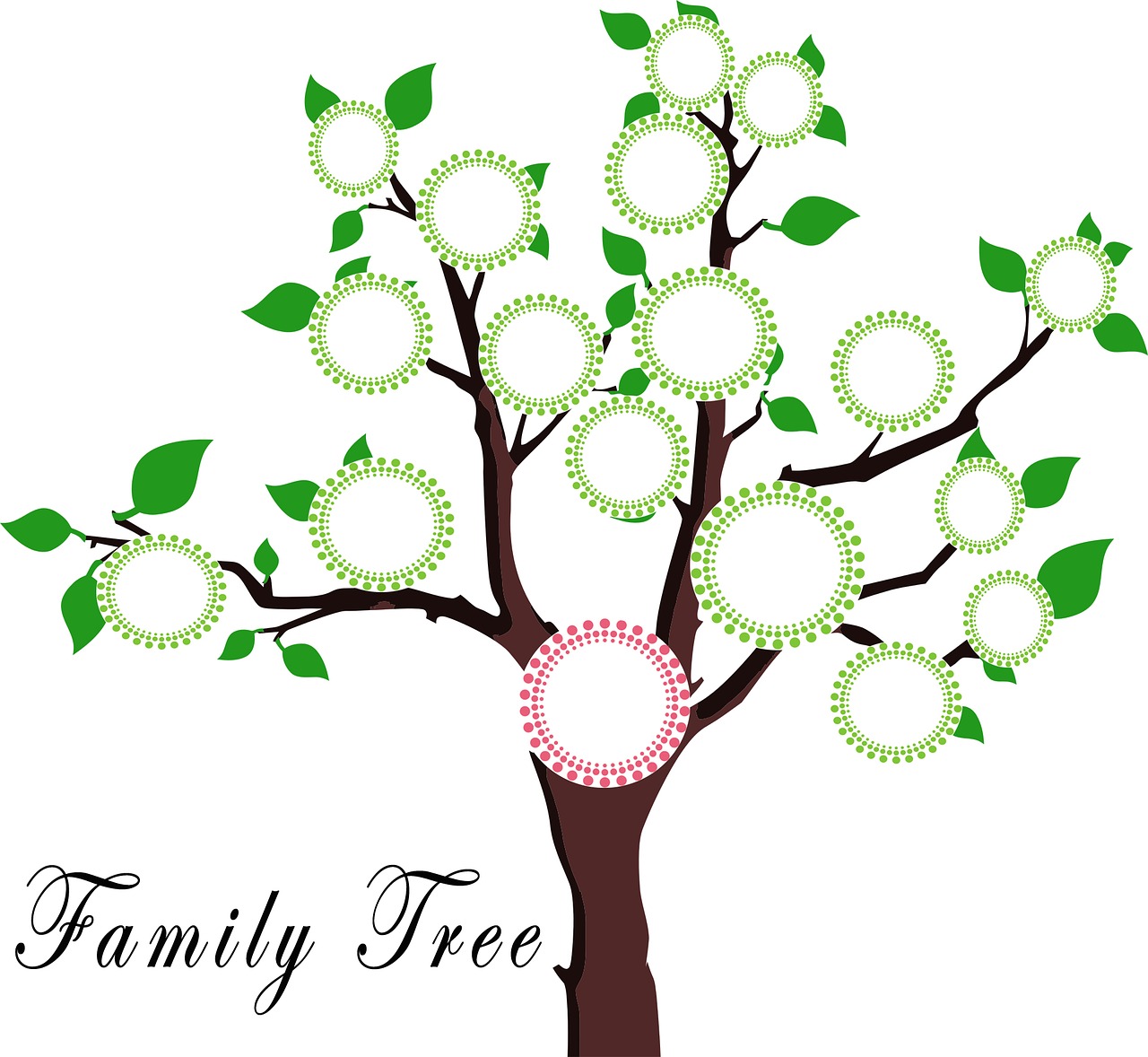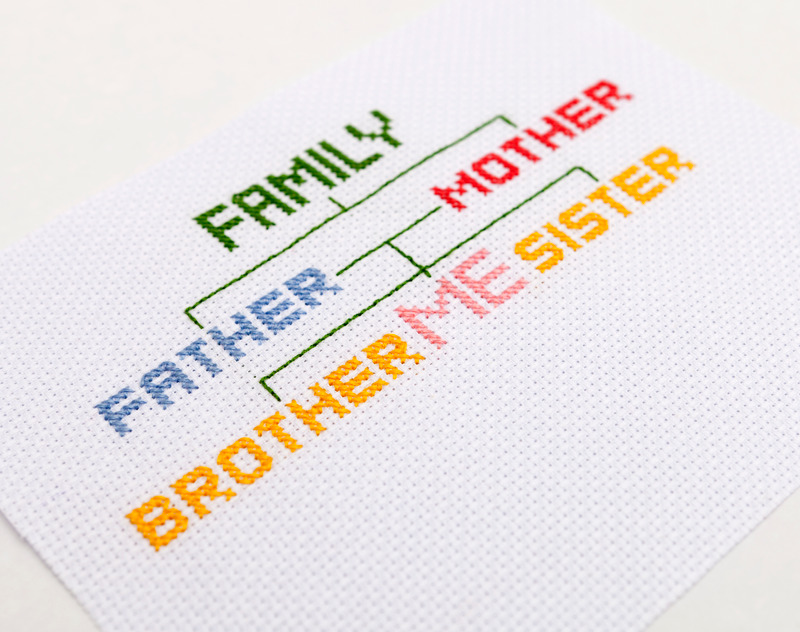"If you don't know history, you don't know anything. You are a leaf that doesn't know it is part of a tree."
– Michael Crichton
Everything has a beginning in some way or the other, and so is family. Although this particular beginning is a very long one, no person can actually claim to trace his/her root with fine details to even a few thousand years. Even the archaeologists kept surprising us with (new) discoveries of our origin as Homo sapiens (the human race).
The above notwithstanding, it is important to document your family's history and origin from the nearest known source that you can possibly get. I would encourage anyone and everyone to aim at developing his/her family tree to at least the 4th generation. The next question is, why should you do this?
Having a well-documented family tree and family history will help the newer arrivals or generations in your family to know whose they are and whom they are. This will rule out all ambiguity in deciphering who was your father, grandfather, great-grandmother, the list goes on and on.

Allow me to paraphrase the quote of Michael Crichton in the context of this article: if you don't know your family history, you know nothing. The second sentence of his quote says it all. You are simply a leaf that doesn't know it is a part of a tree. No surprise that the genealogical presentation of one's family lineage is referred to as a "Family Tree".
I should make a distinction here, while a family tree shows the people that form part of a family from one generation to the other, family history documents the happenings and events in the family which could have been otherwise forgotten or disappeared if the witnesses of such events are not meticulous enough to document them.
Subscribe to Dazzling Insights Blog
You will be notified as soon as a new article is published
Before diving into it, could you ask yourself this question: Does my family have a well-documented family tree/history? If the answer is 'NO', I encourage you to work through the following steps, which will help you to document your family history.
#1. Consult the elders in the family (if any and when possible)
The first step that I consider crucial is to consult the elders in your family that know your family structure more than you. This can be your parents, uncle, aunties, grandparents, great grandparents, etc. By asking the elders in your family, you will get to learn more about the family tree and history.
Make sure you ask the right questions to be able to retrieve relevant information.

#2. Write down all the information/history
The next step is to document as much as possible from your working knowledge and what you have gathered from other family members. Writing each event down in chronological order will help you to compile an up-to-date family history.
Share this Dazzling Post
#3. Cross-check facts with other people in your family
After writing down the facts you gathered, it is a good practice to give it to some other family members to read and confirm the facts. It is possible that in the course of cross-checking the documented history, one might remember something or correct certain facts that have not been reported correctly.

#4. Develop a family tree
One way to present your family structure is in a graphical form. A picture, they say, speaks a thousand words. Therefore, I recommend you present your family structure in a tree-branches form. And if possible, attach some pictures to it. This will communicate the family structure intuitively to anyone that comes across it.
You can use hierarchical and relationship Smart art designs or any other styles that you consider more appropriate.

"Some of the forms you publish your family history are via dedicated family journals and archives, webpages, in a book form, etc."
#5. Create a family photo album
One of the ways that you can also document your family history is by creating a family photo album. In this photo album, you put together all the family members in a well-structured way that one can use to follow the trail of the family.

#6. Publish it in a version-controlled version
After the above processes, I strongly encourage you to publish the documented family structure and history in whatever form you consider helpful for future references. Anything that Is not published is as good as it doesn't exist. Some of the forms you publish your family history are via dedicated family journals and archives, webpages, in a book form, etc.
The publication should be done in such a way that it is version-controlled; this means you can always track the updates as the family evolves and grows.
Let’s continue to dazzle as we build lasting legacies in our families.









